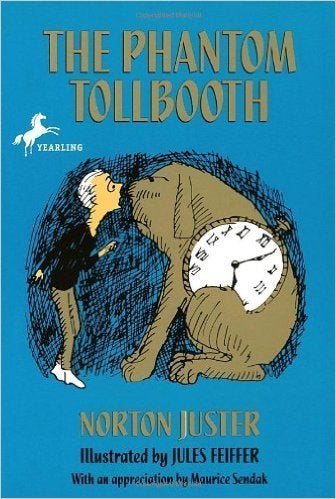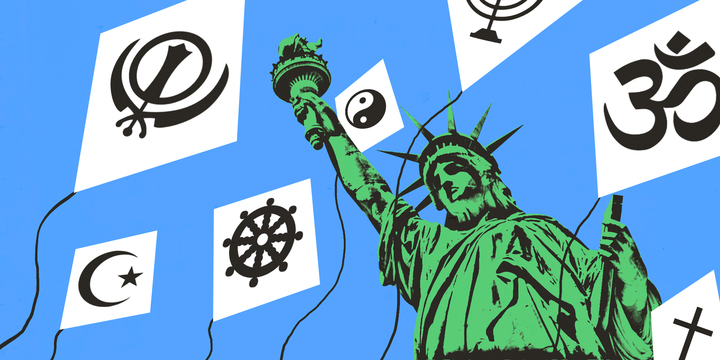
Nearly a century after German philosopher Friedrich Nietzsche first proclaimed "God is dead,” TIME magazine released a controversial cover on its April 8, 1966 edition with the related provocative question: “Is God dead?"
Both Nietzsche and TIME were exploring the prominence of God in people's lives, and whether religiosity was on the decline in the society. Fifty years later, religion experts are still grappling with that question, though the context has drastically changed.
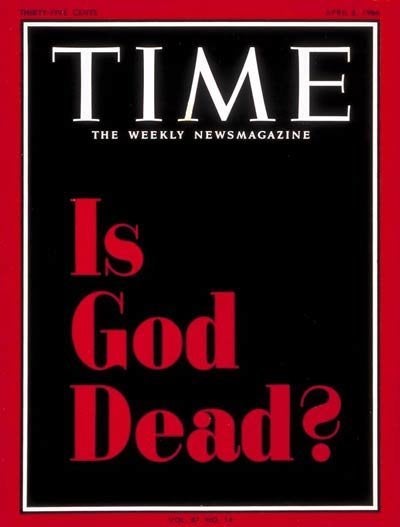
By many measures, religious practice and affiliation has greatly declined in the United States in the last 50 years. And yet spirituality, religion’s free-spirited sibling, appears to be as strong -- if not stronger -- than ever.
Here’s a look at some of the ways religious practice and belief have changed in the U.S. the last 50 years, and the trends that may continue to evolve:
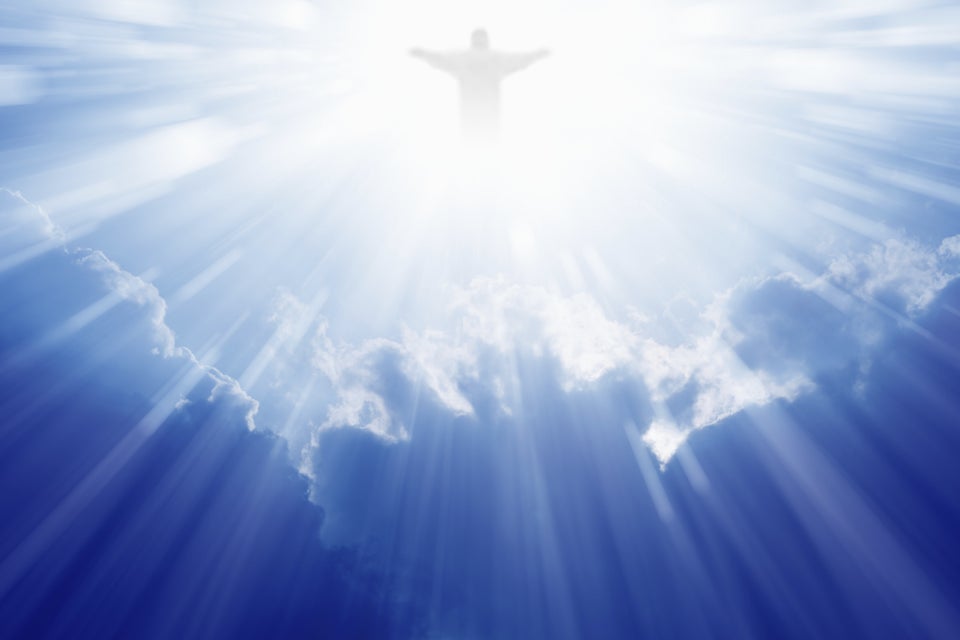
Some researchers argue that the number has decreased simply because Americans are more comfortable now than they were in the 60s admitting that they don’t believe in God.



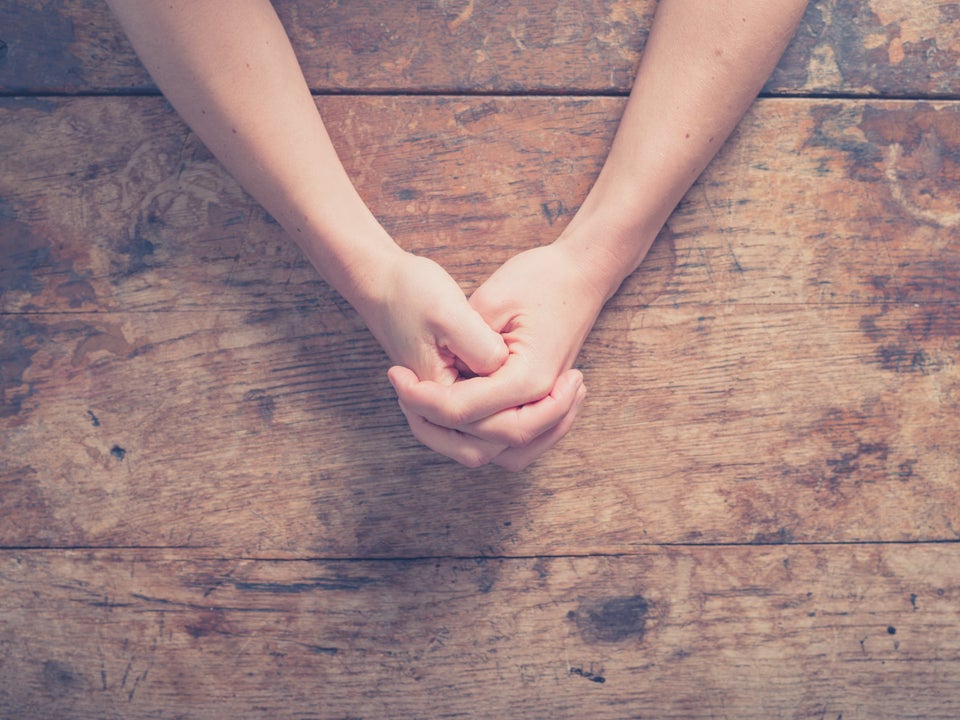

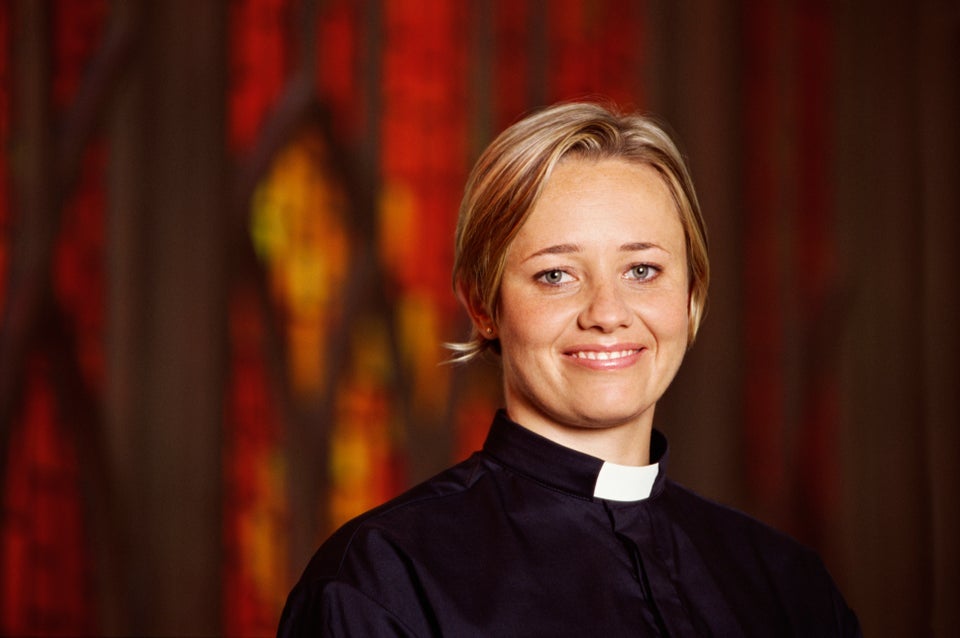

Prior to the 1970s, the relationship between evangelical Christians and the Republican party was negligible. In 2016, it’s hard to imagine a Republican party without its evangelical voting bloc.
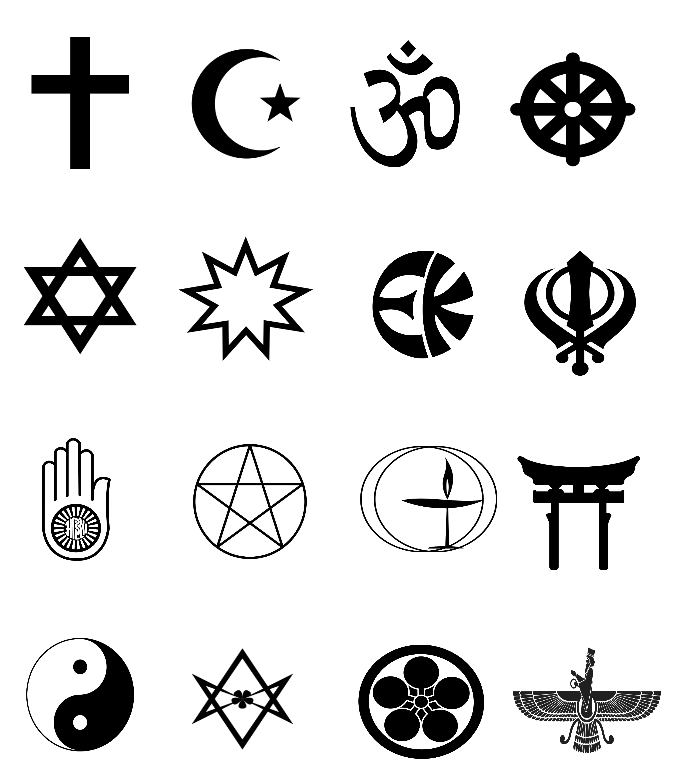
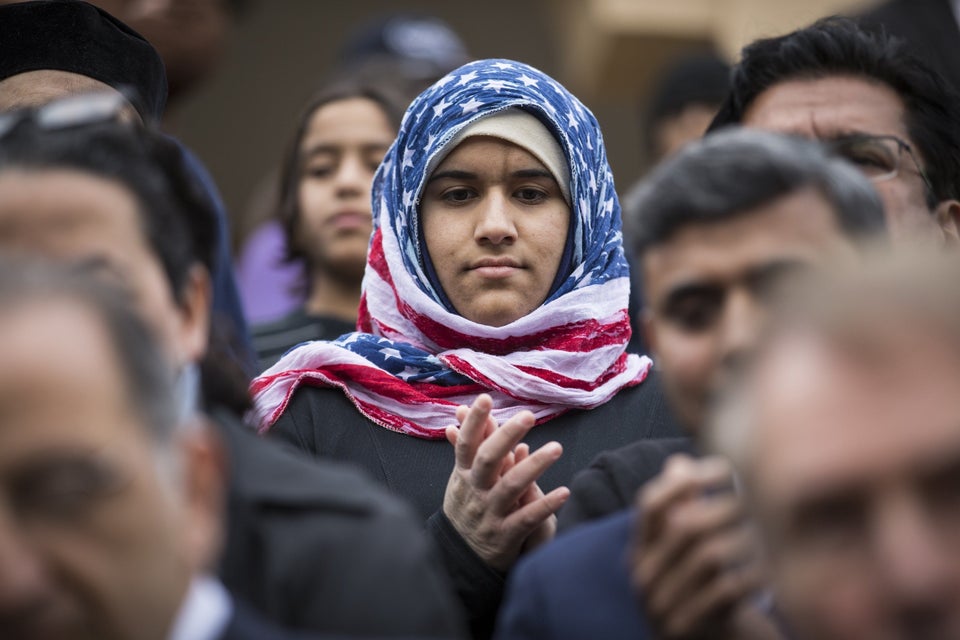
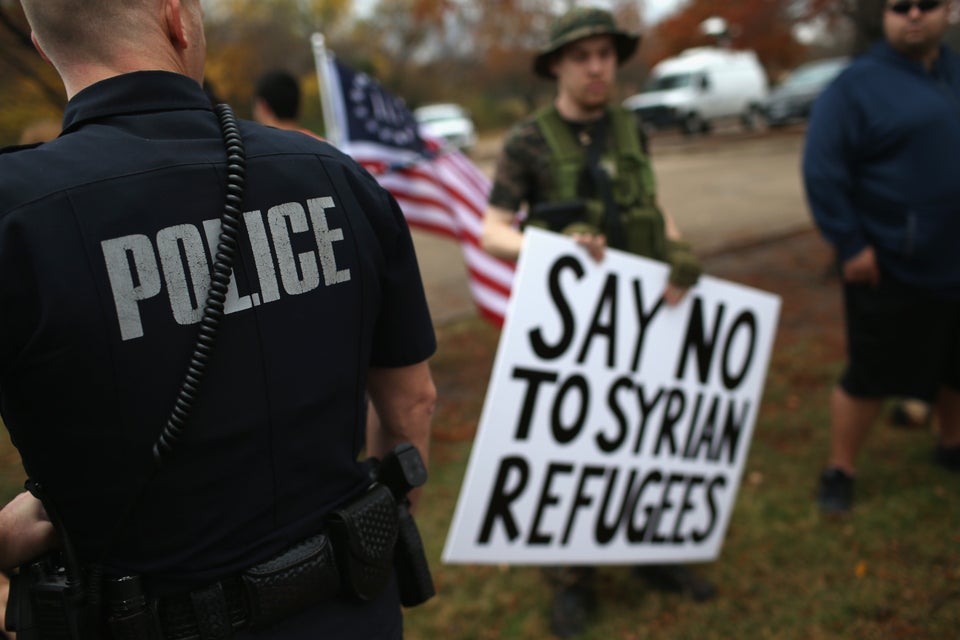
But many feel that Islamophobia has risen in recent decades, especially in the aftermath of the Sept. 11 attacks. In the last few years anti-Muslim aggression has taken a disturbing turn, with new incidents being reported weekly.
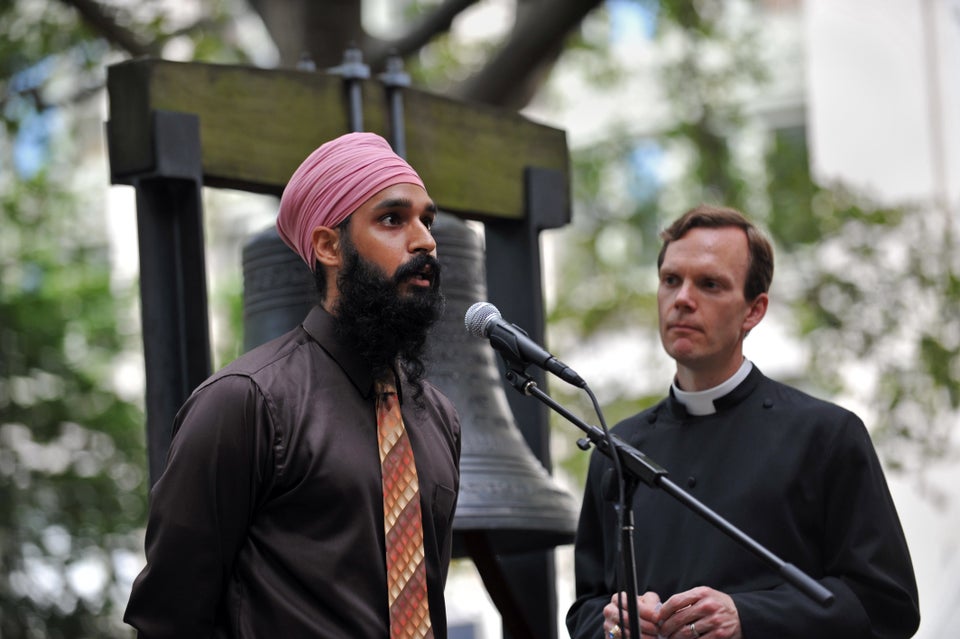
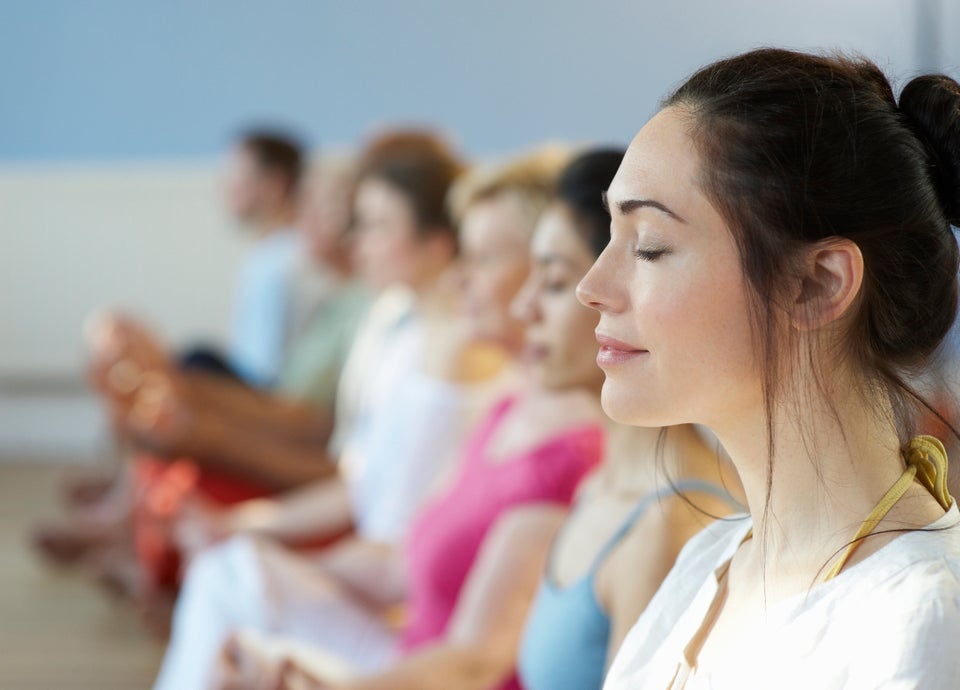

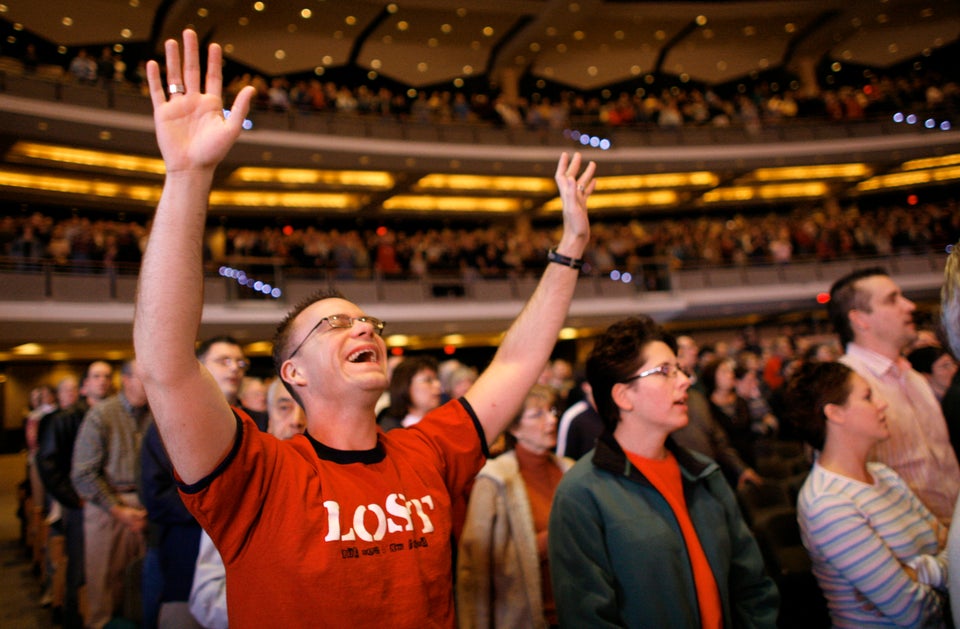
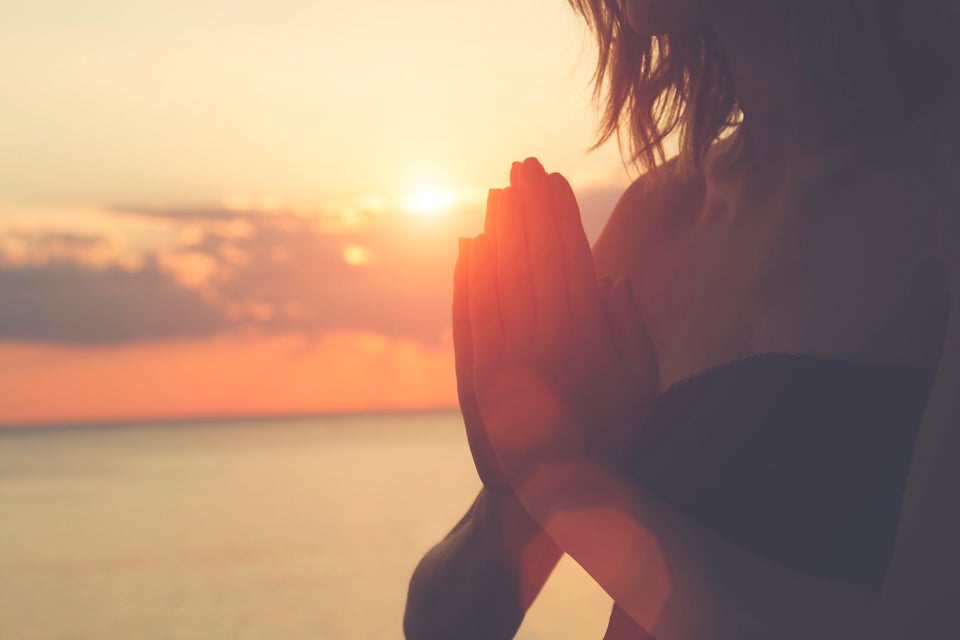

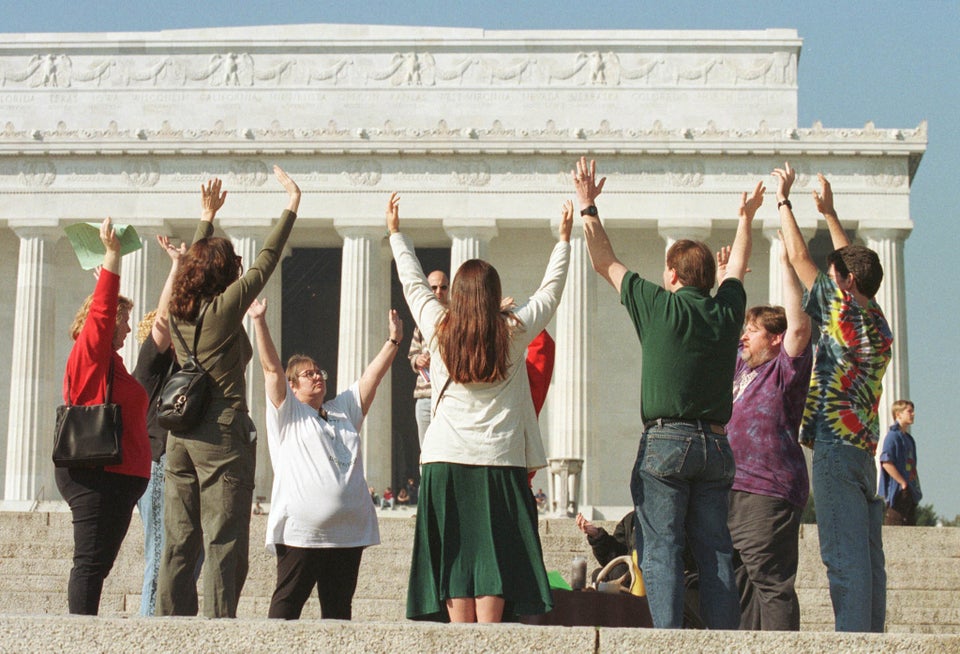
At the heart of American faith's evolution is what religion journalist Krista Tippett calls a "proliferation of ways to engage spiritual practice." Yes, you'll still find Bibles in hotel rooms, but you'll also see yoga and meditation rooms in some airports and Muslim prayer spaces on many college campuses. What it means to be spiritual -- and how that looks in practice -- is rapidly changing and diversifying. But rather than diminishing Americans' faith, this transformation is also crystallizing certain core values, like service, community and connection to something greater than ourselves.

